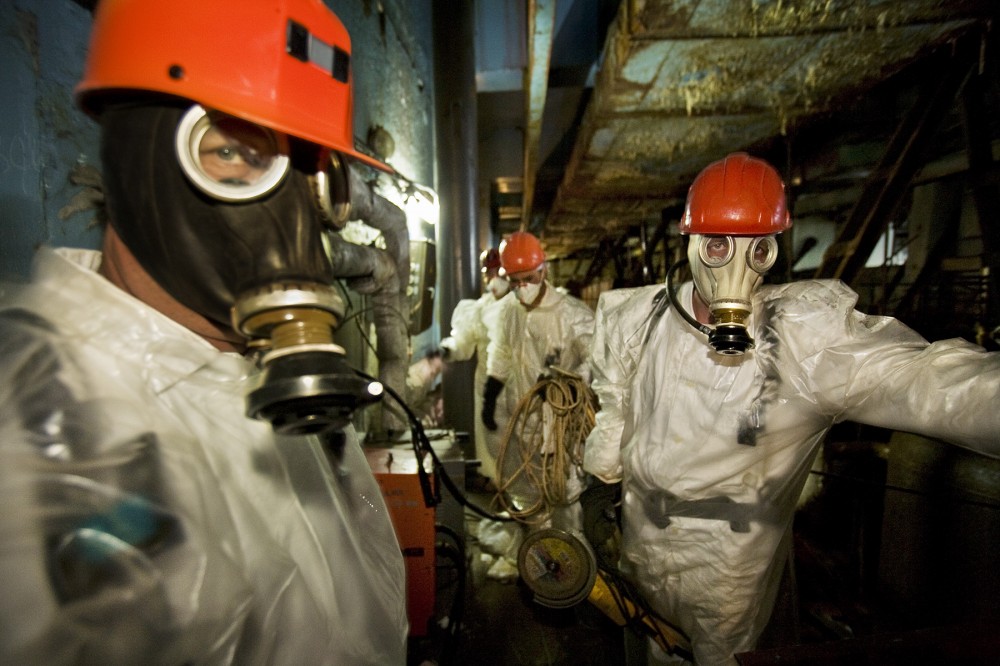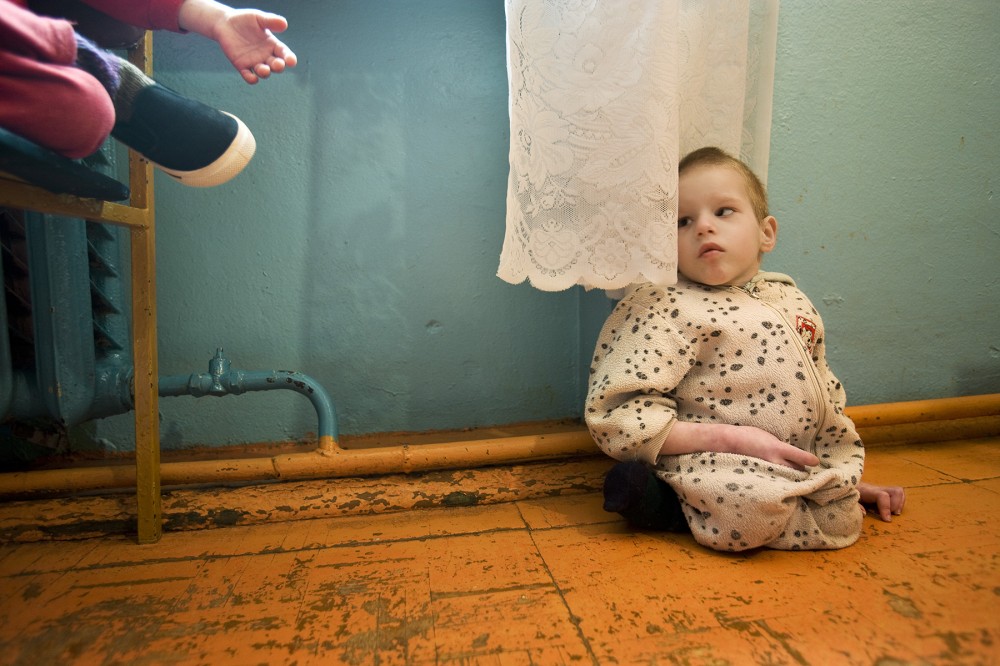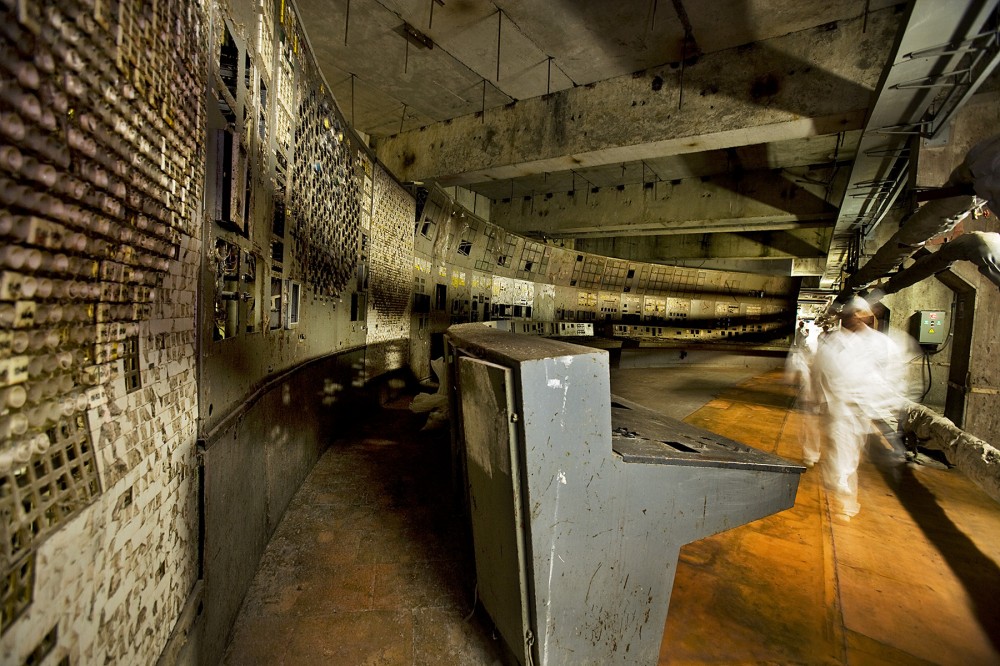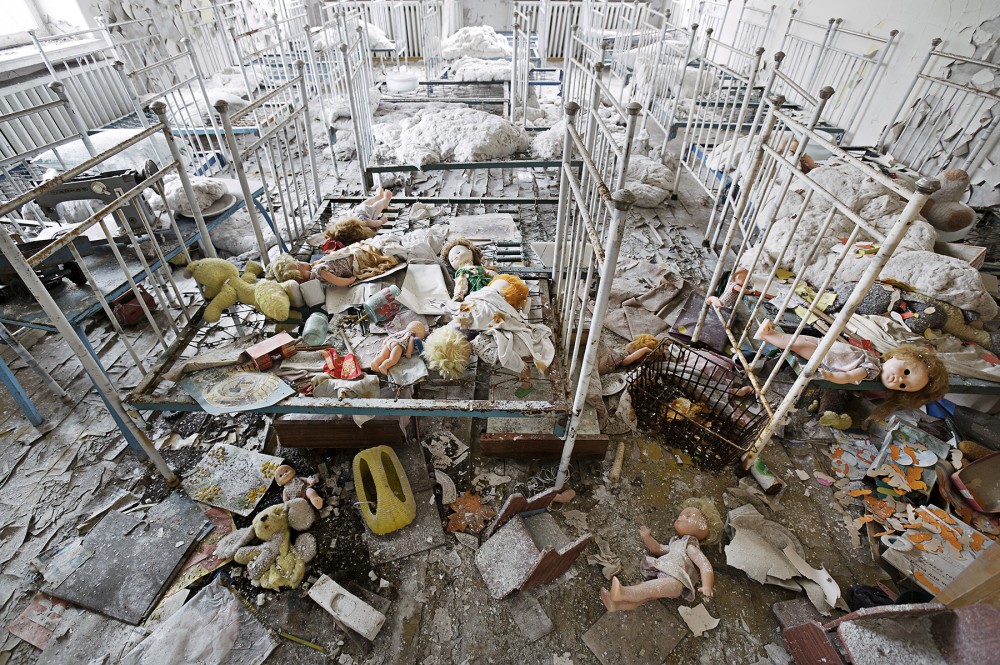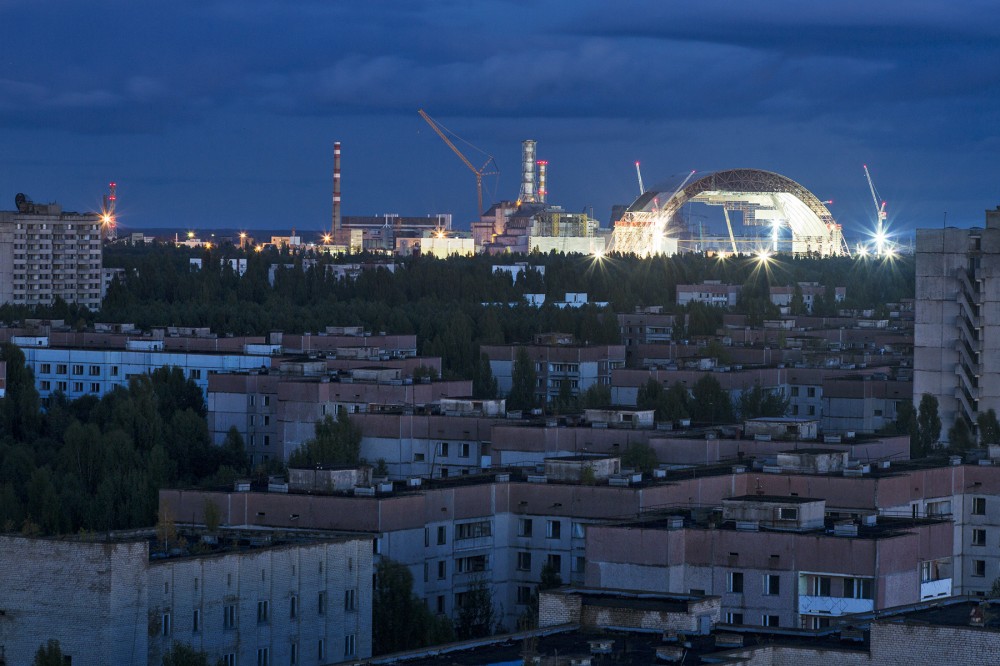THE LONG SHADOW OF CHERNOBYL
-
PhotographerGerd Ludwig, United States
-
StudioEdition Lammerhuber
On Sunday, 26 April 1986, at the Chernobyl Nuclear Power Plant
near Pripyat, Ukraine, reactor # 4 exploded. It has been the
world’s worst nuclear accident.
“It was the most challenging photographic situation I have ever
encountered. The space was dark, loud, and claustrophobic; and
I knew that I had less than 15 minutes to capture arresting
images of an environment that few have ever seen“, says Gerd
Ludwig. Captivating images of National Geographic
photographer Gerd Ludwig’s nine visits to Chernobyl in 20 years
tell us tragic stories of the life of the victims, the Exclusion Zone
and the abandoned city of Pripyat. Ludwig ventures deeper into
the belly of the beast than any other photographer, repeatedly
documenting the destroyed rector #4, which will disappear
under a New Safe Confinement for
at least 100 years. Bordering the site of the worst nuclear
desaster to date, the abandoned city of Pripyat might face a
similar destiny as authorities decide what to do with it. “As
engaged photographers“, says Ludwig, „we often report about
human tragedies in the face of disaster, and take our cameras
to uncharted areas with the understanding that our explorations
are not without personal risk. We do this out of a deep
commitment to important stories told on behalf of otherwise
voiceless victims.“
An essay by Mikhail Gorbachev, the last head of state of the
Soviet Union, accompanies Gerd Ludwig’s emotional visual
narrative. This book is an important body of documentary work
in view of the ongoing nuclear desaster in Fukushima 25 years
later.
